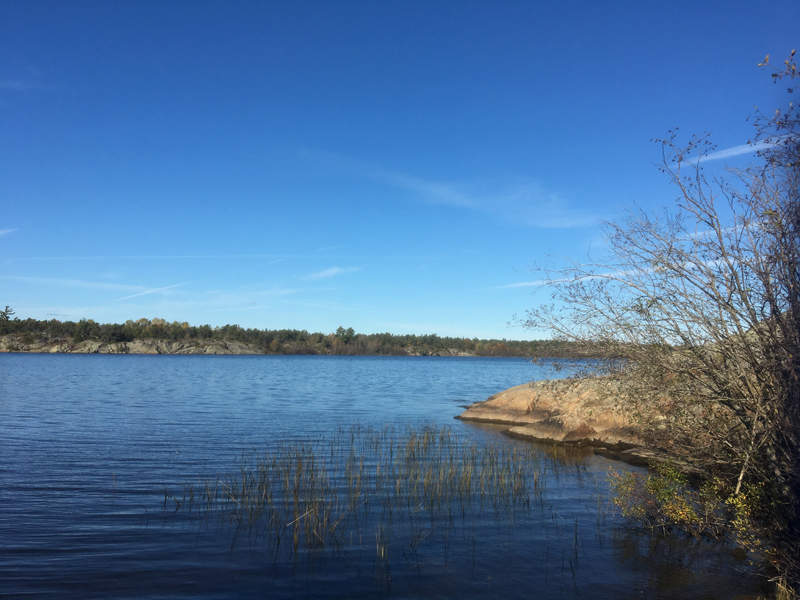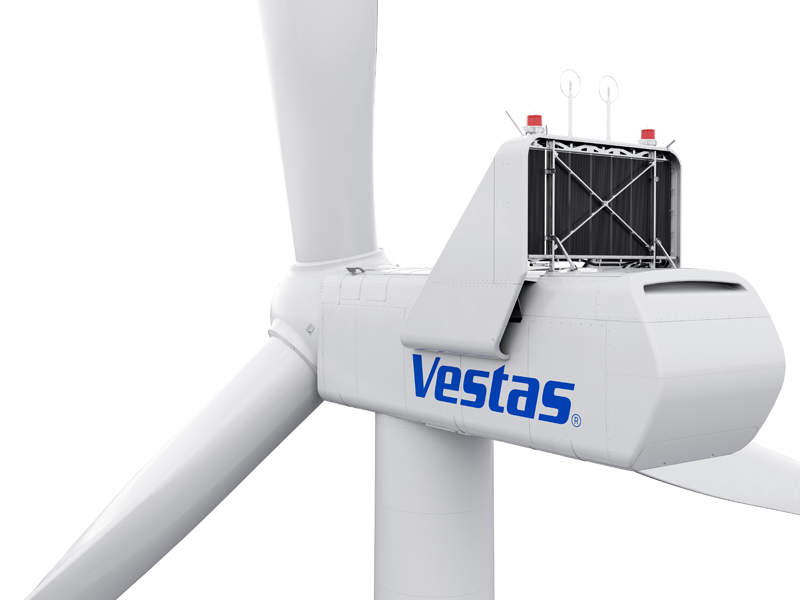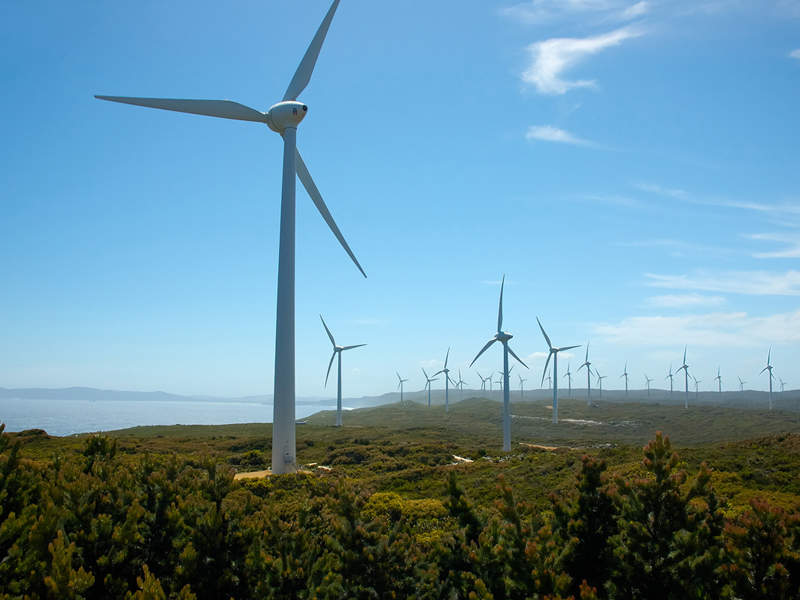Henvey Inlet Wind Energy Centre (HIWEC) is a 300MW windfarm being developed in Ontario, Canada.
Pattern Energy Group, an affiliate of Pattern Development, in partnership with Nigig Power, a wholly owned subsidiary of Henvey Inlet First Nation, established a new company Henvey Inlet Wind (HIW) to undertake the project development.
Construction on the C$1bn ($794.67m) windfarm started, upon completion of C$1bn ($744m) financing in December 2017. The windfarm is expected to commence operations in the second quarter of 2019.
The project generated more than 800 jobs on the site during the peak construction period. It will employ 15 full-time workers upon commencement of operations.
The windfarm will deliver power to more than 100,000 Ontario homes, and generate annual revenue of more than $10m for the Henvey Inlet First Nation, which is an Anishinabek community consisting of three separate reserve properties.
Henvey Inlet windfarm location
The windfarm site is located on Reserve No 2 of Henvey Inlet First Nation community. It lies on the north-east shore of the Georgian Bay in Ontario, approximately 90km south of Sudbury and 71km north of Parry Sound.
Henvey Inlet windfarm details
The 300MW windfarm is being developed on a 20,000-acre site with a permanent footprint of fewer than 500 acres. It will comprise 87 Vestas 3.45MW wind turbines and other infrastructure.
The V136-3.45 MW wind turbines have a rotor diameter of 136m and a hub height of 132m each. Based on Vestas’ most advanced aerofoil design developed using the Large Diameter Steel Tower (LDST) technology, the turbines are capable of delivering efficient energy in both low and medium wind conditions.
The wind turbine towers will be built using tubular steel or concrete, with a diameter of 5m at the base.
Infrastructure at Henvey Inlet windfarm
Pad-mounted transformers will be installed at the base of each turbine to transfer the electricity generated onto a 34.5kV electrical collection system, which will further transfer the electricity to two transformer stations.
Transformer stations will include power transformers, circuit breakers, surge arrestors, a protection and control building, disconnect switches, and ancillary equipment. A new 230kV transmission line will be built to transmit the electricity generated by the windfarm to the Ontario electricity grid.
Other infrastructure at the windfarm will include meteorological towers, an operations and maintenance building, communication lines, and access roads.
Henvey Inlet windfarm construction status
As of February 2019, almost 99% of the access roads throughout the project site have been constructed. Wind turbine installation is underway, with 34 of the 87 turbines already installed and 86 of the turbine foundations poured.
The collector cable system installation is almost 60% complete and the work at the northern power-collecting substation is nearly 80% complete. The north and south substation control buildings are 50% complete.
Pole setting and framing activities are being conducted near Highway 124, Kirkham Road and McDougal Road. Construction is underway in part of the transmission line entering the turbine site, which is located in Henvey Inlet First Nation Reserve No 2.
Construction works involving pulling cables and installing switches are being conducted at the switching station located at Otter Lake.
Construction of the power transmission line is underway, with 436 of 586 parts already up. As of February 2019, stringing has been completed in ten sections along Highway 69.
Contractors involved
Vestas is supplying wind turbines for the project and will also provide maintenance services through a multi-year service agreement.
AECOM was appointed by HIW to prepare the environmental impact assessment report for the project.
TULLOCH Engineering was contracted to provide legal surveys, engineering design services, and environmental services for the project.
Environmental benefits of Henvey Inlet windfarm
Development of wind energy will help Ontario in meeting its goal of phasing out coal-fired power generation.
The windfarm is expected to offset 851,000t of carbon dioxide (CO2) emissions a year, which is equivalent to the amount of CO2 released by 200,000 cars. It will also offset 4,100t of sulphur dioxide, 1,200t of nitrogen oxide, and 13.4kg of Mercury emissions per year.
Unlike coal-fired power plants, the project will not use water leading to the conservation, which normally uses approximately two billion litres of water a year.






